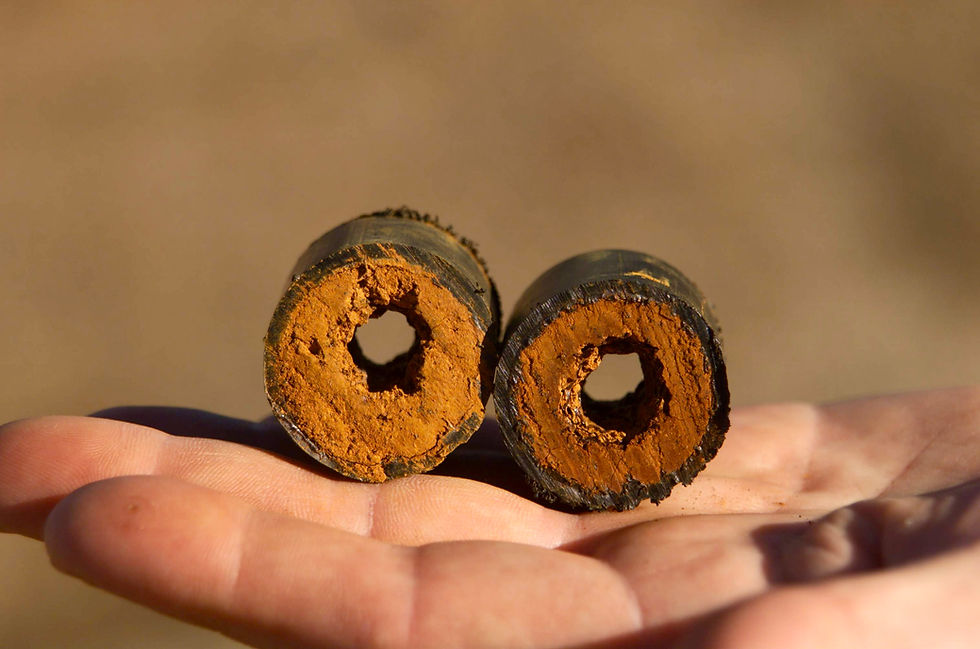When to Use a Downhole Hammer
- David Bennett
- May 19
- 2 min read
A downhole hammer (also called a DTH or down-the-hole hammer) is the ideal drilling tool when you’re working in hard, consolidated rock formations and need fast, straight, and efficient penetration. Unlike rotary bits, which rely primarily on rotation and weight-on-bit, a downhole hammer delivers high-frequency percussive energy directly to the bit—crushing rock more efficiently and reducing wear on the drill string.
You should use a downhole hammer when:
You're drilling through hard rock, such as granite, basalt, or quartzite.
Straight boreholes are critical (e.g., geothermal wells, mining, or exploration).
You need high penetration rates and reduced deviation.
You're operating in deep boreholes or high water-flow conditions where rotary drilling becomes inefficient.
Why Choose Particular Features with a Hammer?
We want them engineered for high-performance drilling in tough conditions, especially geothermal applicationswhere water volumes are significant.
Key features to look for:
No foot valve design: Allows quick adaptation—just remove the foot valve to run with any QL5 or QL6 bit, depending on the model.
Excellent under water: Designed to maintain performance under high volumes of water, a common challenge in geothermal wells.
Fast production: The P6 is one of the fastest 6" production hammers on the market, delivering superior penetration in the hardest formations.
All-around versatility: Whether you’re in geothermal, quarry, or construction drilling, the P5 and P6 offer reliable, consistent performance across a wide range of applications.
In short, use a downhole hammer—and specifically the EDM P Series—when you need speed, power, and reliability in hard rock or wet drilling environments. These hammers are built for maximum productivity and minimal downtime, making them the preferred tool for serious drillers.




Comments